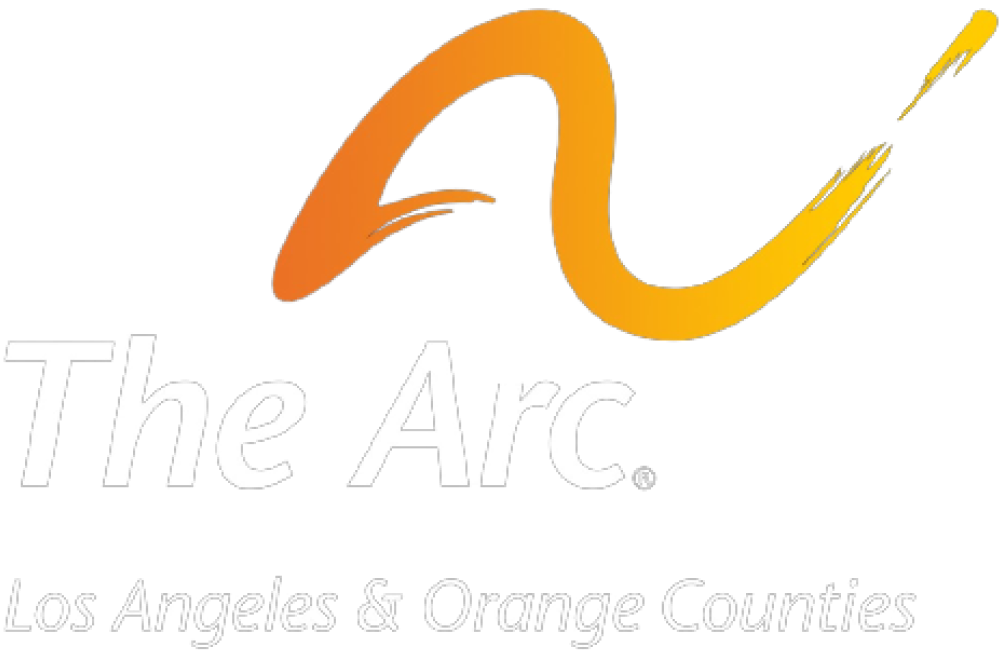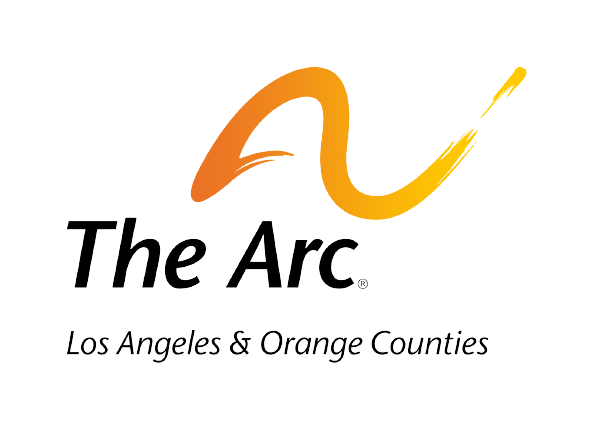New Pathways to Justice™ Video Aims to Help People With I/DD Navigate Daunting System
“Too many times people with disabilities come into contact with the criminal justice system and the outcome is anything but just.”
The opening words of a new video created by The Arc’s National Center on Criminal Justice and Disability (NCCJD), the Pathways to Justice Introduction Video, powerfully highlight the broad lack of justice for people with disabilities within America’s criminal justice system. This four and a half minute video introduces the Pathways to Justice Model, and integral part of the Pathways to Justice training program being piloted by five chapters of The Arc. The Pathways to Justice Training Curriculum helps build the capacity of the criminal justice system to effectively identify, serve, and protect people with intellectual and developmental disabilities (I/DD), many of whom have “mild” disabilities that often go unnoticed among criminal justice professionals without appropriate training. The video points out why communities should seek additional training for criminal justice professionals.
Navigating the criminal justice system, as a suspect, offender, witness, or victim, is daunting for anyone. For people with I/DD and their families, there can be insurmountable obstacles to obtaining justice. The new Pathways to Justice Introduction Video highlights specific cracks in the criminal justice system through the telling of real life stories by people with disabilities and by their family members.
Take James’ story. James Meadours is a powerful self-advocate with intellectual disabilities who experienced multiple victimizations throughout his life—without anyone every knowing. As an adult, James was raped in his own apartment. He found the courage to reach out for help, leading to the successful prosecution of his attacker and the revelation that there had been multiple victimizations throughout James’ life. While this story ended positively with the attacker held accountable for the crime and James empowering others with his self-advocacy, society overall must do a better job creating safer lives in the community for people with disabilities. Research supports the fact that multiple victimizations are quite common among people with disabilities—this is unacceptable. James did not have to suffer in silence alone for so many years, we as a society can do better.
Using the Pathways to Justice Model, NCCJD aims to build collaborative relationships within the criminal justice and disability professions, creating solutions to identify, prevent, and stop injustices faced by people with disabilities. The Pathways to Justice Introduction Video debuted at The Arc’s National Convention in New Orleans with positive reviews, and was played at The Arc of North Carolina’s State Convention the following week. Chapters have already begun requesting copies to take to local law enforcement and criminal justice professionals as a way to effectively demonstrate the need for quality training on disability issues.
NCCJD wants you to help bridge gaps in your community’s criminal justice system. If we’re truly going to stop injustice in our nation’s criminal justice system against people with disabilities, we must take action. Get involved by:
- Sharing the video: Use the conversation guide and the Pathways to Justice Model to begin a collaborative effort in your community. Let others in your state or community know about NCCJD as a reliable and trusted resource funded by the U.S. Department of Justice, and use the video to educate the criminal justice community about the need for effective training on disability issues.
- Using NCCJD as a resource: NCCJD provides technical assistance and information & referral regarding a broad range of criminal justice issues.
- Putting your state’s resources on the map: If there is a great resource in your area that we should know about, tell us!
While obtaining justice seems insurmountable at times, the National Center on Criminal Justice and Disability is committed to working with parents, professionals, self-advocates, and other advocates to create pathways to justice for all people with disabilities.






